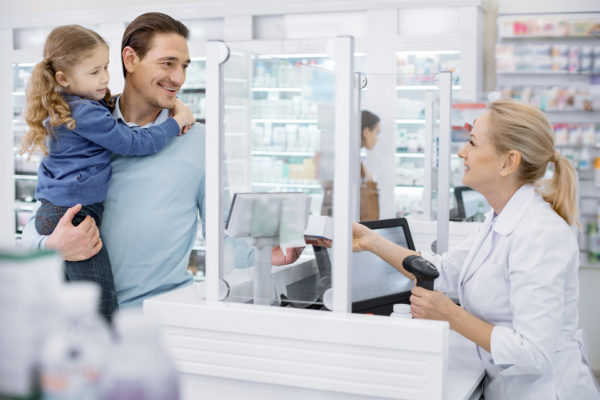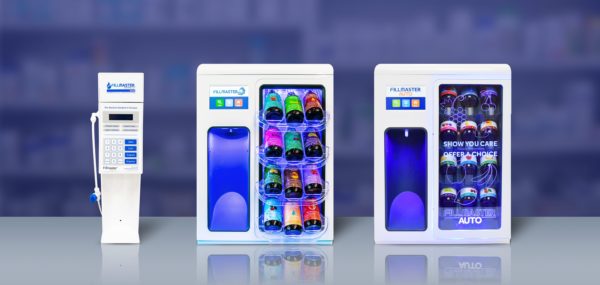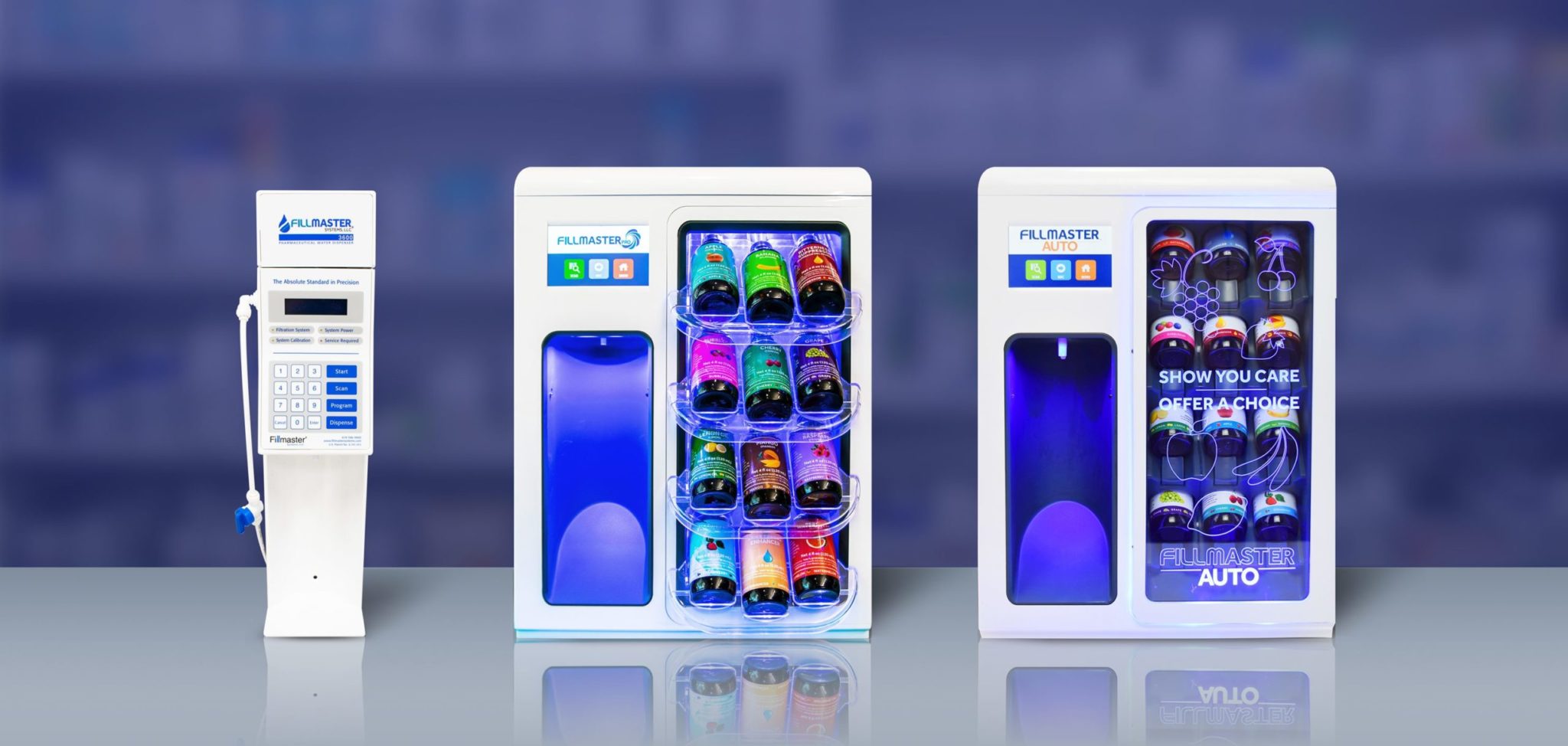It’s no secret that pharmacists and pharmacy technicians experience a high level of stress on the job. They are responsible for making sure their patients get their medicine safely and accurately, but conditions in the pharmacy do not always facilitate the concentration needed to do their job to the best of their ability. Many pharmacists report that they feel pushed to meet nearly impossible metrics that emphasize quantity of patients over quality of service. Add in long hours and not enough staff members and you have an overworked profession pushed to the point where errors are more likely to happen.
It’s clear that a change is needed in the pharmacy industry that will improve working conditions for pharmacy employees, therefore improving patient safety. Pharmacies across the country are now looking to pharmacy automation systems for a solution to save time and reduce errors. Pharmacy automation uses machines to automate tasks in the pharmacy workflow, freeing up pharmacy staff for important customer-focused duties.

One such task in the pharmacy workflow that automation has made more efficient is the reconstitution of liquid medication. Before a dedicated pharmacy automation system was developed, reconstitution was costly, time-consuming, and error-prone. Traditionally, pharmacy staff reconstitute medicines using jugs of distilled water, which requires manually measuring the amount of water needed into a graduate. The responsibility lies with the pharmacy staff to slow down what they’re doing and measure the accurate amount of water. Staff must also take time to wash graduates and syringes between uses, adding another time-consuming step to the pharmacy workflow.
Not only is reconstituting medicine time-consuming, it is also a disruptive task in the pharmacy workflow. Unlike prescriptions for pills that can be filled and ready before the patient gets to the pharmacy, a reconstituted medicine must be prepared when the parent arrives to pick up the medicine and cannot be done ahead of time. The pharmacist or pharmacy technician must drop everything to add water to the medication, taking time away from their other tasks and customers. To make this process less disruptive, pharmacy automation is the key.

In order to speed up the process of reconstituting medicine, water dispensers made specifically for pharmacies automate the procedure, reducing the time needed and the risk of errors. These dispensers have taken the human error factor out of the reconstitution process. Instead of reading the medication’s label to find the amount of water needed and manually measuring the volume of water from a jug, the pharmacy employee simply needs to scan the medication’s bar code and the machine knows the amount of water that needs to be dispensed. Instead of the minutes needed to measure out the water by hand into a graduate, the process is reduced to mere seconds. Automating the reconstitution of medication also eliminates the need for costly bottles of distilled water and potential for waste due to spillage as the dispenser is connected to a reverse osmosis water purification system.
Pharmacists and pharmacy technicians have an important job to do, so it’s necessary that they have the tools they need to do that job safely and efficiently. Automating the medicine reconstitution process using a pharmacy water dispenser speeds up a part of the pharmacy workflow, leaving staff more time to interact with patients and provide the best care possible.
Learn more about automated water dispensing options for your pharmacy


